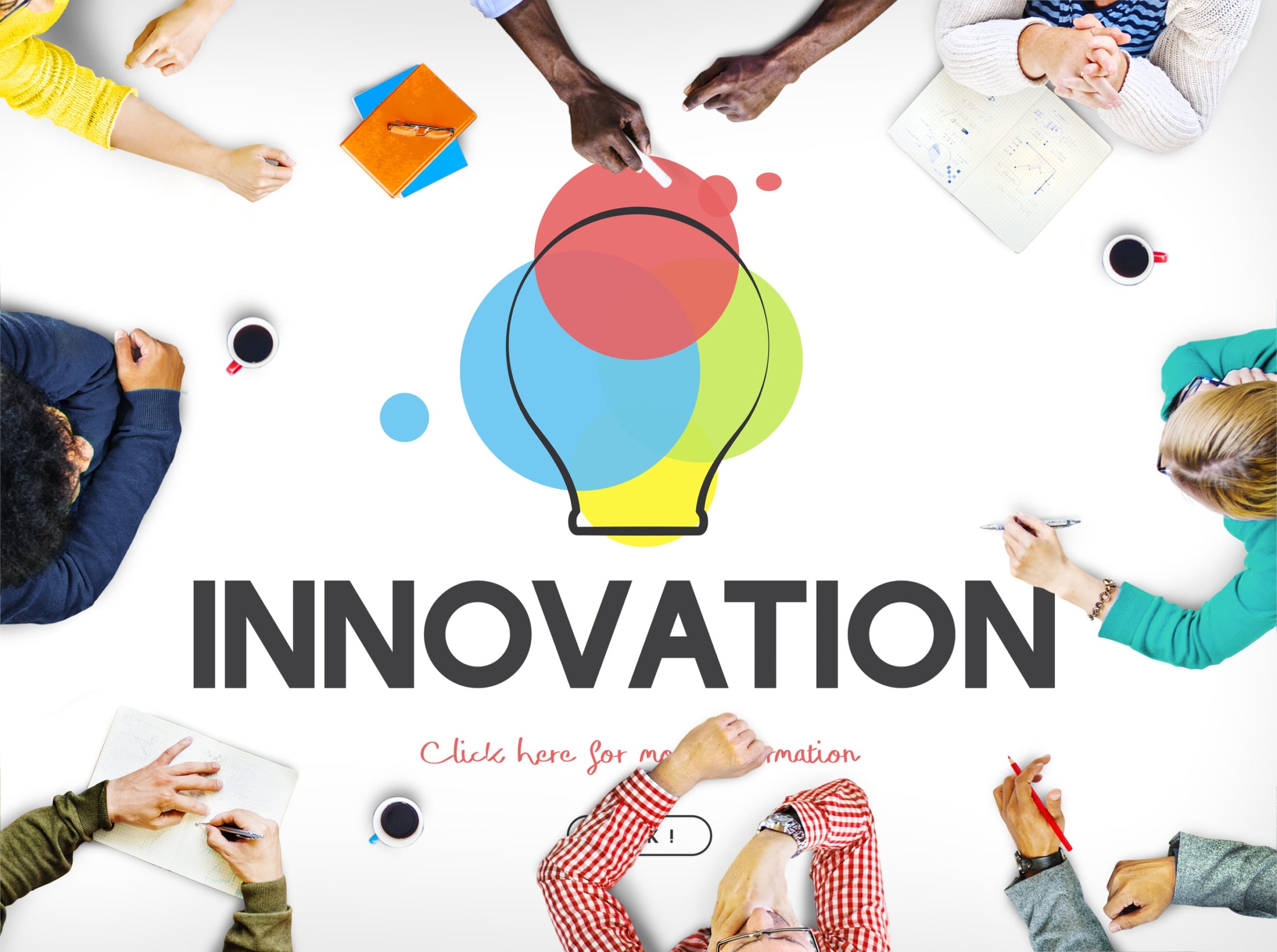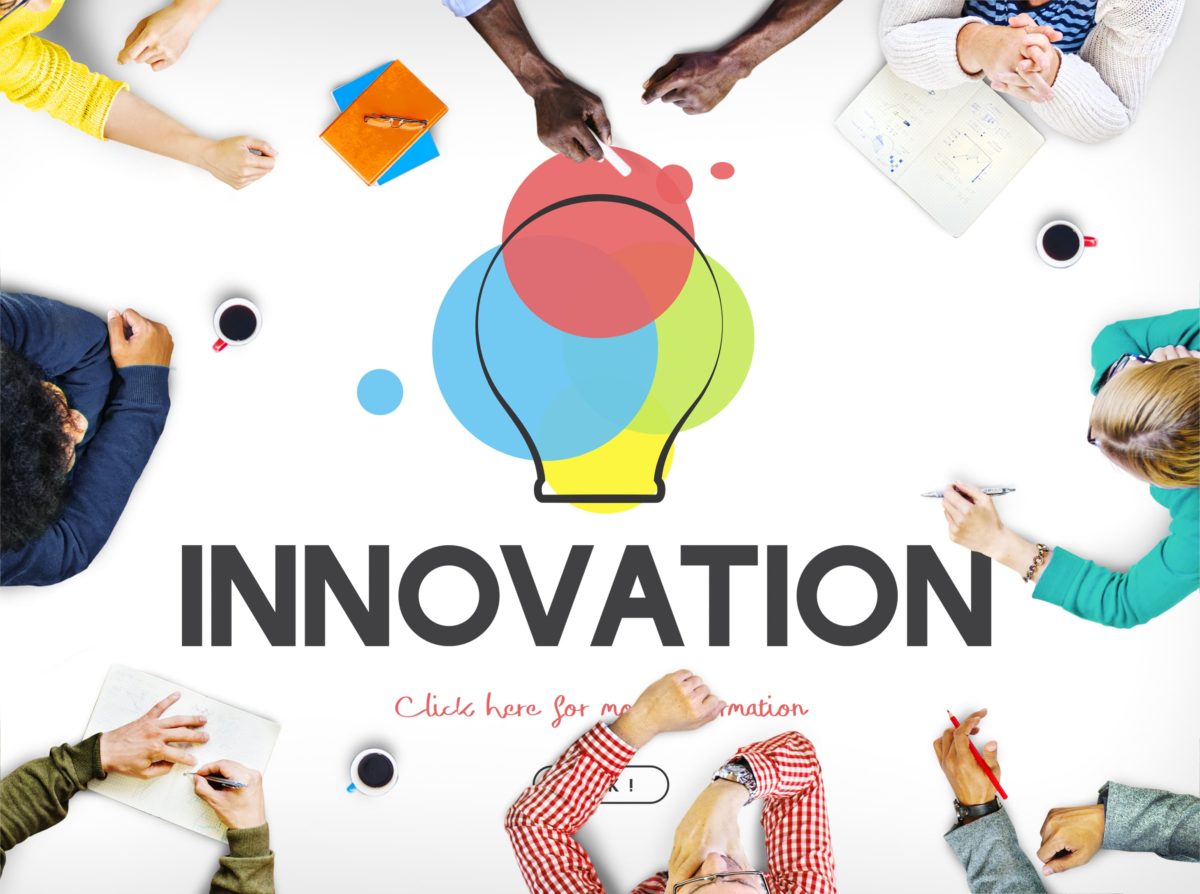

Dagmar Boettger
Top 5 traits for innovation: How to enable these in your teams?
Successful companies encourage innovation from top to bottom, from big picture things to the small stuff, and empower all employees to come forward to demonstrate creative problem solving by providing innovative solutions.
Such an innovative work environment encourages all stakeholders to engage in the company's journey to serving customers in new ways. That meaningful buy-in from all involved is a crucial ingredient enabling the best businesses to grow, adapt, and innovate to meet the ever-evolving demands of the market.
But what specific skills support innovation in the workplace, and are there ways to embed training these into your innovation strategy?
Trust is the foundation of an innovative spirit
We are in the middle of a revolutionary transformation. With ChatGPT and DALL-E being around, we clearly get the glimpse of the new Digital Era taking shape. According to the World Economic Forum, the highest in-demand skills today are
- Artificial Intelligence (AI), Machine Learning (ML)
- Cloud computing
- Product Management
- Social Media: 4 skills you'll need in the workplace of the future
These skills need a whole new environment to be shaping future business models and deliverables at work.
Innovative companies have adapted to the disruptive forces of the technological advancement which seem to make the pace of change light-speed. New business models and customer interactions through social media, new market entrants from emerging markets and start-ups disrupt the existing status quo of each industry. Such is the nature of revolution.
In the middle of such a revolution, innovation efforts must have a solid foundation in company leadership. And while such revolutionary times increase pressure on teams to run operations despite the changing market landscape, leaders must enable teams to fluidly adopt to emerging trends, share ideas, try out and innovate. Both, leading operations, and innovations need to build the future framework at work.
Trust and a feeling of being safe and committed to the team's strategic direction is at the basis of it all. This is especially true, because as employees progress through this ever-changing innovation process, trust in each other and the leader will energize them throughout the ups and downs of the route to progress.
Without trust, there is no communication, no commitment and no bold moves in unknown territory and with unfamiliar technologies.
This brings me to the five key traits of innovative teams based on the foundation of obligatory trust. My inspiration for writing this post and talking about these traits comes from Scott D. Anthony's book Eat, Sleep, Innovate:
1. Curiosity and openness
2. Customer first
3. Collaboration
4. Embracing the unknown and Adeptness in ambiguity
5. Empowerment.
These team traits are conducive to a culture of innovation, and they can be trained with the right management approach. Yet, remember, a lack of trust and psychological safety can prove a mental block to any of these traits.
Therefore, an innovative approach can only develop with the precursor of trust.
1. Curiosity and Openness
Innovation begins with a curious, inquisitive mind. Great ideas stem from questioning the validity of things around you - processes, workflows, authority etc.
Yet, some organizations stifle curiosity, thwarted by rigid systems in which the HIPPO mentality reigns (Highest Paid Person's Opinion), meaning those on lower salaries or in less authoritative positions don't feel they have the knowledge or standing to offer alternative solutions.
In a 2018 article, Francesca Gino, the award winning behavioural scientist and book author from Harvard, stated her business case for curiosity. In it, she outlines that curiosity is a natural human state, and cultivating this throughout a business leads to the emergence of new ideas. When curiosity is clearly valued at every level, all employees are more willing to share ideas and demonstrate curiosity in the workplace.
Furthermore, we know from personal experiences that we are more engaged and inspired when something sparks our curiosity. The use of the word spark is revealing.
“When our curiosity is triggered,” Gino wrote, “we think more deeply and rationally about decisions and come up with more creative solutions.”
2. Customer first: the obsession with the user
An innovative company is constantly changing and developing with one thing in mind - they want to solve jobs that need to be done to serve customers and users.
When obsessed with customers and their potential needs, team members develop a deep understanding of their problems and desires, going beyond the usual buyer personas within marketing meetings.
The most innovative companies understand this helps to laser-focus priorities, define “the jobs to be done”, and shape development opportunities. Having the customer top-of-mind provides a raison d'être for innovation in the first place. It helps to remind employees that innovative ideas help business better serve its purpose in delivering fantastic experiences for new and existing customers.
This can manifest itself in many ways. At OPTUS, a subsidiary of Asia’s largest telecommunication company Singtel, employees spend entire days in stores to sense, feel, think and act as customers and sales reps. This practice keeps employees in tune with customer demand and helps the entire organization focus on designing what matters to the end user.
The move also worked to include employees in a collaborative journey to shape the innovation process. Employees gave feedback, and leadership listened. By asking teams to share ideas on how to better serve their customers, a company-wide practice to design new ways becomes a habit. This collaboration has helped create a culture of trust at Singtel, which ties nicely into the next trait of innovative companies.
3. Collaboration
Hire smart people, and ensure they collaborate. Steve Jobs knew what he was talking about.
Innovative companies understand that no great ideas come from one person alone in a room. Or, if they do, you can develop the idea with the input of others with different areas of expertise. The best ideas are a group effort.

You can refer to this as the Medici effect.
The Medicis brought together and funded many of Florence's great artists, philosophers, architects, and financiers in the fifteenth century. Many of these individuals' innovative works sparked the collective Renaissance. The Medici Effect is the burst of innovation and creativity that occurs when great people from various fields come together and collaborate.
The business analogy here is that businesses perform best and develop creative solutions when you enable cross-pollination across different departments and even beyond organizational boundaries. This is the case in strategic partnerships between universities and companies, and also between startups and corporates. Encourage people to share what they're working on, share the right tools, and give staff members unlimited access to senior leaders to question and clarify the work of others.
This spirit of collaboration and open communication lets everybody see the entire organization is moving in the same direction. It fosters a team mentality that facilitates risk-taking, as employees are safe in the knowledge that the innovation strategy is a team enterprise with collective responsibility.
Facilitating this collaboration is a significant aspect of the role of chief innovation officers, who take it upon themselves to be the voice of customer feedback, liaise across teams, and realize and communicate an innovative, shared vision for the business.
4. Adeptness in ambiguity
Dr Nick Udall describes the innovative process as a 'creative rollercoaster'. He acknowledges the potential stress of the highs and lows during the creative process as teams continuously oscillate between successes and failures, the known and the unknown.
However, team members must stay true to their creative principles when things are uncertain. Leaders must maneuver teams through the rollercoaster without sacrificing creative spirit.
This is where trust comes to the fore once more. Innovative ideas can only emerge from the creative process if leaders trust team members, if team members trust leaders, and if team members trust themselves. Without this trusting dynamic, roadblocks can seem insurmountable while managers revert to older, rigid, linear production lines.
When teams are built on trust, they can demonstrate adeptness in ambiguity, permitting them to push through the experimentation phase to lead to innovative solutions that can give them a competitive advantage.
5. Empowerment
The fifth skill or trait of an innovative culture is empowerment. By this, I mean a situation in which all team members are empowered to participate in innovation and call out things that aren't working - blockages or a lack of transparency. In this scenario, all employees are then burdened with the responsibility to increase innovation and bring innovation strategies to life.
However, this is a welcome burden because all employees see that their opinions are welcome and that their input is listened to and acted upon, leading to increased employee satisfaction resulting from a more active, emotionally invested status.
There are countless case studies proving that greater empowerment for employees drives innovation.
The incoming CEO of BBC, Greg Dyke, initiated innovation by empowerment in response to the challenge of cable TV in early 2000. On day 1, he gave out yellow penalty cards and asked employees to "cut the crap and make things happen". They should raise those cards and unblock ideas whenever they see good ideas being blocked. This told employees to stand up and take responsibility for the cumbersome, innovation-blocking practices at the BBC. Within a year, the BBC's audience satisfaction and ratings rose.
Toyota's workers are similarly empowered. Toyota asks employees to act as “experts in their fields” and invites all to stop production by pulling the Andon Cord. Whenever they see a potential “threat” to quality, they can stop and Kanban the issue. Kanban is a Japanese concept meaning to engage in a continuous improvement process that drives innovative behaviors.

Final Thoughts
The current volatile business landscape means successful businesses must have the agile fluidity to prosper through innovation.
Therefore, team leaders must find ways to encourage creative problem-solving to find solutions to complex problems. Employees must also be comfortable experimenting with ideas and experiencing trail and error iterations along the journey.
Trust underpins innovative cultures, five traits and skills should be carefully nurtured on top of this foundation of trust.
These are curiosity, a customer-centric mentality, collaboration, agility in the face of adversity, and empowerment.
Companies equipped with these traits can approach change and challenges confidently, knowing they have the foundations to innovate and gain a competitive advantage while continuing to provide better services and products to customers.
If you would like to know more about how you can increase the innovative power of your team and sustainably remove obstacles to innovation, please reach out to me below ⬇️

